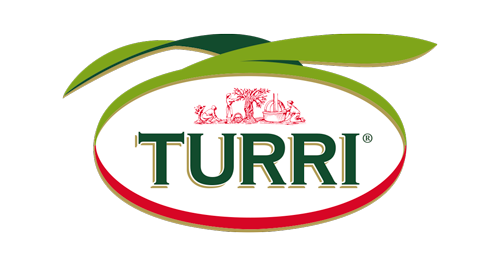One of the topics discussed at the Warda Garda conference last Saturday was squalene. This compound was first mentioned by the celebrated journalist and author, Mr. Luigi Caricato, when he introduced the speech on olive oil cosmetics given by Riccardo Marchi. Squalene is a molecule extracted from the liver of sharks. This oily compound is exploited by the cosmetic industry as a moisturiser, but scientists have found that when it is ingested as a supplement, it also boosts our immune system.
What exactly is squalene, and where is it found? At the beginning of the last century, a Japanese scientist was studying sharks (fish belonging to the Squalus genus, hence the name), trying to determine why this animal was so resistant to diseases. His research group managed to isolate a compound from the shark’s liver that was named squalene. Squalene is an insaturate hydrocarbon that when combined with water, releases oxygen. It has a specific gravity of 0.855 and like all other fats, weighs less than water. This compound is stored in the body of sharks, which lack a swim bladder and must therefore reduce their body density with fats and oils.
Soon after, it was discovered that squalene was also present in the human body, and was particularly abundant in sebum (roughly 12%), i.e. the oily substance produced by sebaceous glands to lubricate and moisturise the skin, and protect it from bacteria. This compound plays a vital role both in mammals and plants, where it acts as a precursor for the biosynthesis and production of sterols. In the human liver, squalene is subjected to a complex series of biochemical reactions, yielding cholesterol, steroid hormones and vitamin D.
Interestingly, squalene is also one of the main components of vernix caseosa or simply vernix, i.e. the waxy, cheese-like substance coating the skin of newborns. It is believed to have some protective role during foetal development and for a few hours after birth. So now we ask ourselves, what are the cosmetic properties of squalene and what has it to do with olive oil?


